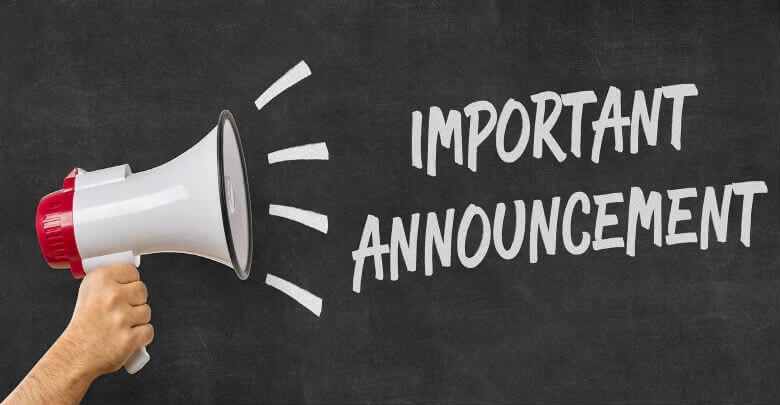Here for good—in both senses of the word.
Focus groups have been around for quite a while. And for good reason: they can be an excellent way to discover what customers are actually doing, thinking, and wanting.
 While the potential gain is high, so is the risk.
While the potential gain is high, so is the risk.
Run a couple of “bad” groups, and you can waste $10,000 or more. Indeed, making focus groups work is a challenging task—but not if you develop the relevant skills. In fact, one can learn how to manage a project from start to finish in only four weeks, given access to a proven program. (As you might guess, we have a Managing Focus Groups class here at Research Rockstar.)
Naturally, researchers have diverse focus group experiences. Some have been moderators, some have been participants, some have observed from behind the 1-way mirror. A few just know the basic idea. So to make sure we all have a common foundation, let’s go over some fundamentals—and then talk about where to go from there.
First, a focus on the basics.
What is a focus group? Essentially, it’s a conversation (typically including 8-12 participants) that is moderated by a trained professional. The participants usually have at least one characteristic in common. It could be age group, type of household, use of a certain product, employment status, or other demographic or behavioral attributes.
In any given focus group project, there is a primary objective. It might be to discover brand perceptions, uncover unmet customer needs, test new advertising campaigns, or gauge reactions to a product prototype. There are many possible objectives.
It’s all in the timing.
Traditional focus groups usually last 120 minutes, and are “observed” via recording, or through one-way glass. Online focus groups typically last 90 minutes (the online experience is very fast-paced and participants become fatigued more quickly).
In both cases, duration is a delicate balance: experience shows that participants need a certain amount of time to “gel”—to get comfortable with one another—before they start delivering the rich content clients can really make use of. But after a while fatigue sets in, and we quickly see “diminishing returns.”
Two essential tools: the “Screener” and the “Guide.”
You want to create a focused conversation that stays on track and provides the insights a client needs. This begins with having the right participants and the right questions.
The Screener involves 5-7 questions, each acting as a “qualifier” such that you get relevant participants. For traditional, in-person groups the screener will be used by the focus group facility’s recruitment manager (tip: always review the screener verbally with the recruitment manager. Trust us.). For online groups, the screener may be programmed as an online survey for email-driven recruiting.
The Guide (a.k.a. the Discussion Guide or Moderator’s Guide) is a set of scripted questions designed to address a project’s specified objectives. It’s important to ask the right questions—in the right way—so nothing essential is left out. The guide also often uses exercises that can help the moderator uncover deeper insights, such as emotional responses to brands or products.
What makes a great focus group?
A great focus group is a wonderful thing—for everyone!
Participants realize they all have something significant in common, which puts them at ease and ready to have honest, interesting conversations. A skilled moderator is able to produce “rich discovery” by sparking engaged dialogue that reveals a variety of experiences, opinions and even emotions about the subject at hand.
But the true test of a great focus group is with the observers (the people watching from behind the one-way mirror). A great focus groups sparks their creativity—whether for sales, marketing or product development ideas. So many business professionals crave an authentic opportunity to learn directly from their target market, and a well-recruited, professionally moderated focus group can be a great way for them to have this experience.
What’s the worst that could happen?
Yes, there are focus group horror stories. But tales of dominant respondents overrunning browbeaten moderators are exaggerated. Handling such situations is a basic part of any professional moderator’s training. And yes, you should ask your moderators if they have been trained; you’d be surprised how many people assume they can moderate professionally just because they are good conversationalists.
Obviously, we haven’t focused on everything!
There are plenty of other topics to consider when it comes to focus groups: selecting a facility (and knowing how to manage it); handling online groups; preparing clients; specifying exercises; sequencing discussion guide content; writing great reports, and more.
For focus group training please check out Research Rockstar’s 4-week program, Managing Focus Groups, and the related class on Writing Qualitative Research Reports. Looking to moderate? We recommend Riva for moderator training.
You rock!
Now, the focus is on you. Do you have a lesson you would like to share with focus group newbies? Feel free to leave it in a comment below.









